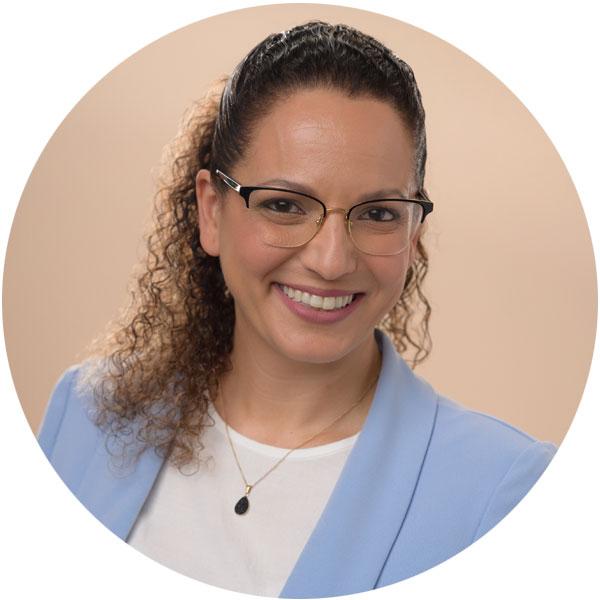Arid
Dry climates are represented within the climate group: Dry
They are characterized by the amount of annual precipitation less than a threshold value which approximates the potential evapotranspiration.
The threshold value (in mm) is calculated as follows:
Multiply the average annual temperature in °C by 20, then add
(a) 280 if 70% or more of the total precipitation is in the high-sun half of the year (April through September in the Northern Hemisphere, or October through March in the Southern), or
(b) 140 if 30%–70% of the total precipitation is received during the applicable period, or
(c) 0 if less than 30% of the total precipitation is so received.
According to the modified Köppen classification system used by modern climatologists, total precipitation in the warmest six months of the year is taken as reference instead of the total precipitation in the high-sun half of the year.[19]
If the annual precipitation is less than 50% of this threshold, the classification is Arid: desert climate. Arid climates can be classified as either hot or cold deserts.












